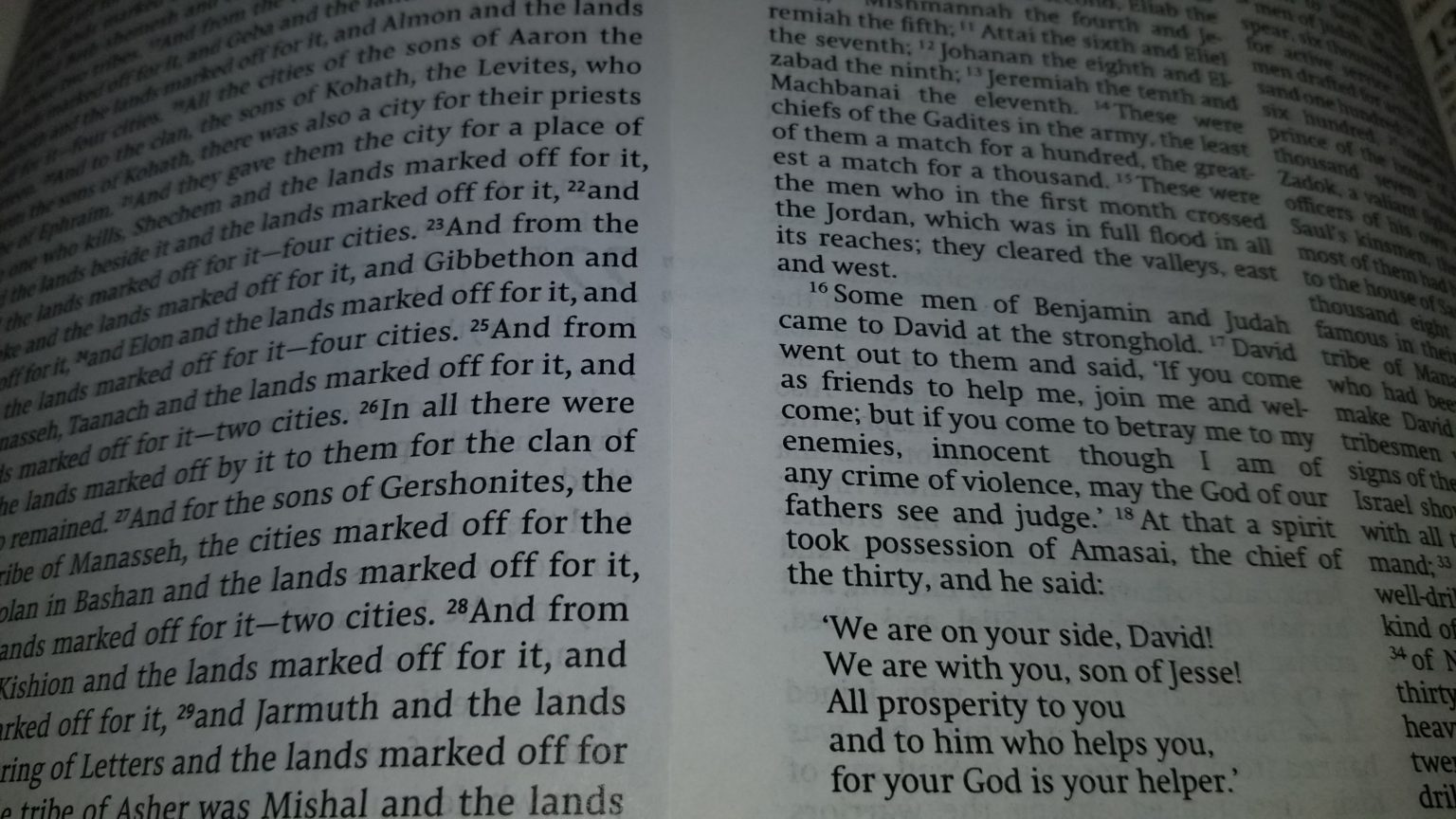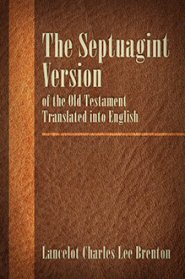

This, with three others, the Complutensian, Aldine, and Grabian, are the leading representative editions available. Among the Latins its authority was explicitly recognized by the Fathers of the Council of Trent, in compliance with whose wishes Sixtus V, in 1587, published an edition of the Vatican Codex. It is still the official text of the Greek Church. An account of its origin, recensions, and its historical importance has been given above (see SEPTUAGINT VERSION). The Septuagint, or Alexandrine, Version, the first and foremost translation of the Hebrew Bible, was made in the third and second centuries B.C. MISCELLANEOUS: Aleutian Aniwa Aneitumese Battak Benga Bengali Chinese Gipsy or Romany Hindu Hindustani Japanese Javanese Mexican Modern Greek.VERSIONS FROM MIXED SOURCES: Italian Spanish Basque Portuguese French German Dutch and Flemish Scandinavian (Danish, Swedish, Norwegian, Icelandic) Finnish (Estonian, Laplandish) Hungarian Celtic (Irish, Scottish, Breton or Armoric, Welsh or Cymric).

VERSIONS FROM THE HEBREW: Chaldaic Syriac (Peschitto) Arabic (Carshuni) Persian Samaritan Pentateuch Vulgate other Latin versions.Middle Egyptian or Bashmuric) Ethiopic and Amharic (Falasha, Galla) Gothic Georgian or Grusian Syriac Slavic (Old Slavonic, Russian, Ruthenian, Polish, Czech or Bohemian, Slovak, Serbian or Illyrian, Croation, Bosnian, Dalmatian) Arabic Armenian.


But until now, the Septuagint has not been available to English readers in a modern and accurate translation. For students of the Bible, the New Testament in particular, the study of the Septuagint's influence is a vital part of the history of interpretation. For centuries, scholars have looked to the Septuagint for information about the nature of the text and of how passages and specific words were understood. Translated from Hebrew (and Aramaic) originals in the two centuries before Jesus, the Septuagint provides important information about the history of the text of the Bible. Only did the Septuagint become Holy Writ to Greek speaking Jews but it was also the Bible of the early Christian communities: the scripture they cited and the textual foundation of the early Christian movement. The first translation of the books of the Hebrew Bible (plus additions) into the common language of the ancient Mediterranean world made the Jewish scriptures accessible to many outside Judaism. The Septuagint (the ancient Greek translation of Jewish sacred writings) is of great importance in the history of both Judaism and Christianity.


 0 kommentar(er)
0 kommentar(er)
